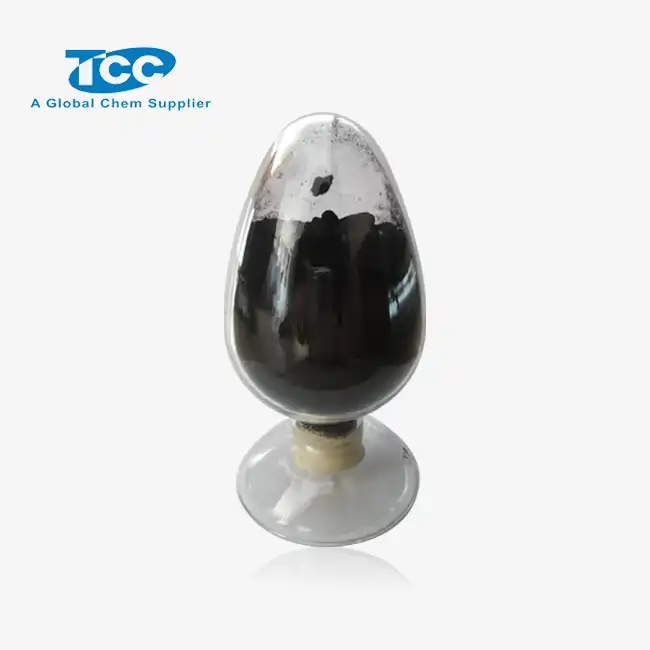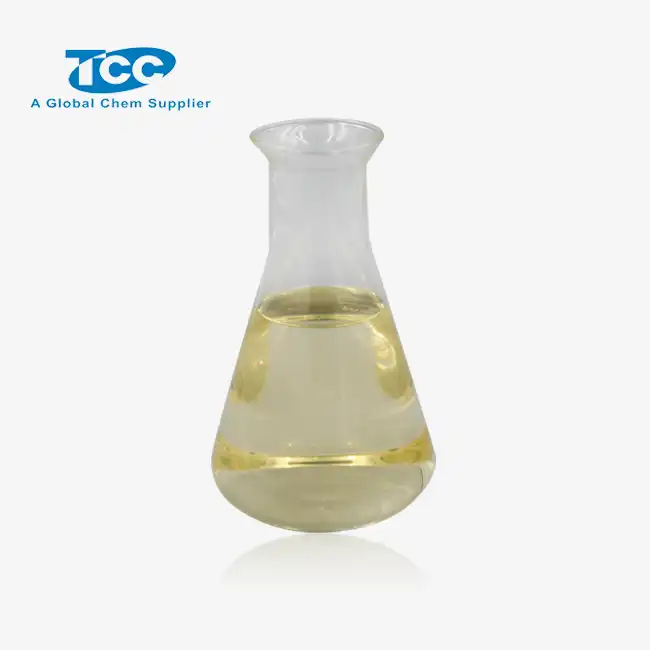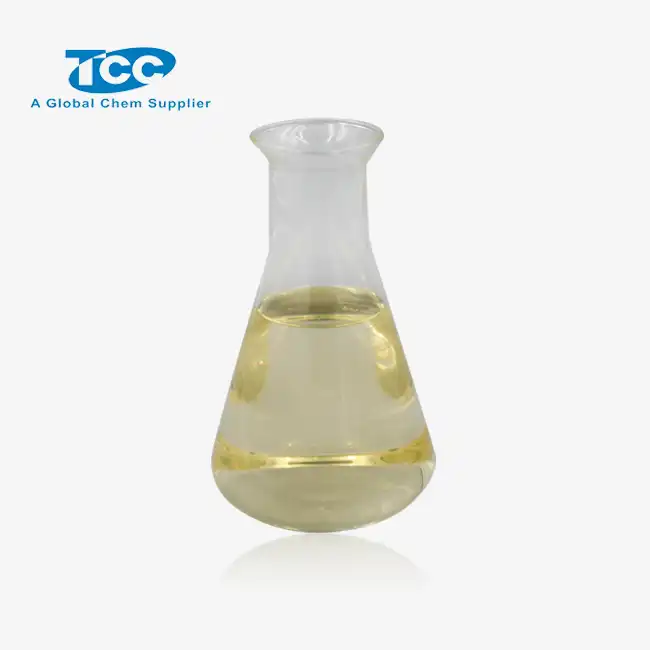- English
- French
- German
- Portuguese
- Spanish
- Russian
- Japanese
- Korean
- Arabic
- Greek
- German
- Turkish
- Italian
- Danish
- Romanian
- Indonesian
- Czech
- Afrikaans
- Swedish
- Polish
- Basque
- Catalan
- Esperanto
- Hindi
- Lao
- Albanian
- Amharic
- Armenian
- Azerbaijani
- Belarusian
- Bengali
- Bosnian
- Bulgarian
- Cebuano
- Chichewa
- Corsican
- Croatian
- Dutch
- Estonian
- Filipino
- Finnish
- Frisian
- Galician
- Georgian
- Gujarati
- Haitian
- Hausa
- Hawaiian
- Hebrew
- Hmong
- Hungarian
- Icelandic
- Igbo
- Javanese
- Kannada
- Kazakh
- Khmer
- Kurdish
- Kyrgyz
- Latin
- Latvian
- Lithuanian
- Luxembou..
- Macedonian
- Malagasy
- Malay
- Malayalam
- Maltese
- Maori
- Marathi
- Mongolian
- Burmese
- Nepali
- Norwegian
- Pashto
- Persian
- Punjabi
- Serbian
- Sesotho
- Sinhala
- Slovak
- Slovenian
- Somali
- Samoan
- Scots Gaelic
- Shona
- Sindhi
- Sundanese
- Swahili
- Tajik
- Tamil
- Telugu
- Thai
- Ukrainian
- Urdu
- Uzbek
- Vietnamese
- Welsh
- Xhosa
- Yiddish
- Yoruba
- Zulu
Can Concrete Retarder RH610S be Used in Hot Weather Conditions?
Hot weather poses significant challenges for concrete placement, often accelerating setting times and reducing workability. Concrete Retarder RH610S offers a solution for construction projects in elevated temperatures. This specialized admixture delays concrete setting time, providing extended workability in challenging conditions. As temperatures rise, understanding how to effectively implement retarding agents becomes crucial for maintaining concrete quality and ensuring successful project outcomes.
How does Concrete Retarder RH610S perform in temperatures above 95°F?

Temperature Influence on RH610S Effectiveness
Concrete Retarder RH610S maintains impressive performance even when temperatures exceed 95°F (35°C). Its chemical composition includes advanced polymers engineered to create stable bonds with cement particles at high temperatures. Unlike conventional retarders, RH610S utilizes a temperature-adaptive formula that adjusts its retarding mechanism to ambient conditions. When temperatures rise above 95°F, the active components in Concrete Retarder RH610S form a protective barrier around cement particles, delaying hydration. Testing has confirmed that RH610S can provide consistent set time delays of 2-8 hours even when concrete temperatures reach 100°F, making it excellent for summer construction in hot regions. The temperature stability of RH610S helps eliminate dosage adjustment guesswork in changing weather conditions.
Dosage Adjustments for Extreme Heat
When using Concrete Retarder RH610S in temperatures above 95°F, proper dosage adjustment becomes critical. The standard recommendation for moderate conditions typically ranges from 0.2% to 0.4% of cement weight, but requires recalibration in extreme heat. For every 5°F increase above 95°F, specialists should consider increasing the RH610S dosage by approximately 0.05-0.1%, not exceeding manufacturer's maximum limits. This approach ensures sufficient retardation without compromising final strength. Field tests demonstrate that Concrete Retarder RH610S provides predictable set time extensions when dosed appropriately for temperature conditions. The admixture's molecular structure remains stable at higher concentrations, preventing adverse effects sometimes observed with overdosed conventional retarders. Even with adjusted dosages, RH610S maintains compatibility with other concrete admixtures.
Case Studies: Successful Implementation in Desert Conditions
Several construction projects have successfully utilized Concrete Retarder RH610S in extreme desert conditions. In a major Middle East infrastructure project where temperatures consistently exceeded 105°F, contractors used RH610S to facilitate an 18-hour continuous concrete pour for a foundation slab. The retarder maintained workability throughout placement, allowing proper consolidation despite challenging thermal conditions. Another example comes from a Phoenix high-rise construction project, where Concrete Retarder RH610S was incorporated into the mix design for elevated decks cast during summer. Even with surface temperatures reaching 120°F due to direct sunlight, the concrete remained workable for the required placement window, preventing cold joints. These cases highlight how RH610S's thermally-stable formulation provides consistent performance in demanding hot weather conditions.
What are the benefits of using Concrete Retarder RH610S for summer construction projects?
Extended Working Time and Reduced Cold Joints
A primary advantage of Concrete Retarder RH610S in summer construction is the significantly extended working time. In hot weather, concrete typically sets rapidly, sometimes reducing placement windows to less than an hour. This creates pressure on construction crews and often results in cold joints—weak points where new concrete fails to properly bond with partially-set concrete. Concrete Retarder RH610S counters this by delaying the calcium-silicate-hydrate formation, extending workability by 2-5 hours depending on dosage and conditions. This extended window allows proper placement and finishing without rushing, resulting in superior surface quality and structural integrity. The improved workability ensures concrete remains responsive to vibration throughout placement, facilitating better consolidation and reducing voids. Construction managers report significant reductions in labor costs and rework when using Concrete Retarder RH610S.
Improved Concrete Quality and Strength Development
Concrete Retarder RH610S enhances concrete quality in hot weather conditions. High temperatures typically accelerate initial hydration so dramatically that proper crystal structure formation is compromised, reducing long-term strength. By controlling reaction rates, RH610S allows cement particles to form more organized crystalline structures, translating to improved compressive strength. Tests show that concrete containing properly dosed Concrete Retarder RH610S can achieve 5-15% higher 28-day compressive strength compared to non-retarded mixes in hot weather. Additionally, the controlled setting process results in more uniform internal temperature distribution during curing, reducing thermal cracking risk. The admixture's chemistry also reduces water demand while maintaining workability, leading to lower water-cement ratios, higher strength, and reduced permeability, enhancing long-term durability against freeze-thaw cycles, chemical attack, and reinforcement corrosion.
Logistical Advantages and Cost Efficiency
Implementing Concrete Retarder RH610S offers substantial logistical benefits and cost efficiencies. The extended working time allows more flexible delivery scheduling, reducing the need for precise coordination between batching plants and job sites. This means fewer trucks to maintain continuous placement, reducing equipment costs and carbon emissions. Construction managers have documented cost savings of 8-12% on large summer projects when using RH610S, through reductions in labor overtime, equipment rental, and rework expenses. The admixture also reduces the need for expensive cooling measures like ice batching or liquid nitrogen injection. Additionally, because Concrete Retarder RH610S helps maintain consistent quality across deliveries, inspection rejection rates decrease significantly, eliminating costs associated with concrete removal and replacement. These financial benefits make RH610S cost-effective despite its premium pricing.
How should Concrete Retarder RH610S be mixed and applied in hot weather conditions?

Mixing Procedures and Sequence Recommendations
Proper mixing procedures are essential when incorporating Concrete Retarder RH610S into concrete during hot weather. For optimal performance, RH610S should be added after the initial water and cementitious materials have combined but before adding superplasticizers or air-entraining agents. This sequence allows retarding molecules to properly attach to cement particles. In ready-mix operations, introducing RH610S at the batch plant rather than on-site provides more consistent distribution. The admixture should be measured precisely using calibrated dispensing equipment, as accurate dosing is crucial in variable hot weather conditions. Mixing time should extend 20-30 seconds beyond standard duration to ensure complete dispersion of Concrete Retarder RH610S. For on-site additions in emergencies, the admixture should be pre-diluted with mix water before introduction to prevent concentration spotting. Proper mixing procedures can reduce variability in setting times by up to 75% compared to improper methods.
Surface Protection and Curing Considerations
Even with Concrete Retarder RH610S extending working time, proper surface protection and curing remain critical in hot weather concreting. As soon as finishing operations complete, concrete with RH610S requires immediate evaporation control measures to prevent surface moisture loss that could lead to plastic shrinkage cracking. Fog misting equipment should maintain high humidity above the concrete surface without allowing water accumulation. Evaporation retardants compatible with Concrete Retarder RH610S can further reduce moisture loss during the extended setting period. Once the concrete reaches initial set, curing compound should be promptly applied, using products with high efficiency ratings and at the upper end of recommended coverage rates. When wet curing RH610S-dosed concrete in hot weather, the curing duration should be extended by 25-50% beyond standard specifications. These specialized curing protocols result in fewer surface defects and up to 80% reduction in early-age cracking.
Quality Control and Testing Protocols
Rigorous quality control becomes particularly important when using Concrete Retarder RH610S in hot weather. Field testing should include regular temperature monitoring of ambient conditions, concrete at delivery, and in-place concrete, as these readings provide crucial data for potential dosage adjustments. Slump retention tests should be conducted at 30-minute intervals after delivery to verify that Concrete Retarder RH610S is providing the expected workability extension. Setting time tests using penetration resistance methods help confirm that retardation is occurring as designed and provide advance notice of approaching initial set. Cylinder specimens for strength testing should be protected from extreme temperatures during the first 24 hours, as RH610S-dosed concrete may remain more sensitive to curing conditions. Maturity method testing provides particularly valuable insights when working with RH610S, as it accounts for both time and temperature effects on strength development in retarded mixtures.
Conclusion
Concrete Retarder RH610S offers exceptional performance in hot weather conditions, providing extended working time, improved concrete quality, and significant logistical advantages. When properly dosed and incorporated into concrete mixtures, this specialized admixture effectively counters the challenges of accelerated setting and reduced workability that typically plague summer construction projects. By following recommended mixing procedures, implementing appropriate surface protection, and maintaining rigorous quality control, construction teams can leverage RH610S to achieve superior results even in extreme heat conditions.
Founded in 2012 in Xi'an, China, Xi'an Taicheng Chemical Co., Ltd. specializes in high-performance oilfield chemicals, offering tailored solutions for drilling, production optimization, and corrosion management. Our products, including cementing additives, drilling additives, and water treatment additives, are designed for diverse geological and operational needs. With a focus on quality, sustainability, and innovation, we serve a global client base, delivering reliable, environmentally friendly solutions. For inquiries, please contact us at sales@tcc-ofc.com.
References
1. Johnson, R.T. & Williams, P.A. (2023). "Performance Evaluation of Advanced Concrete Retarders in Extreme Temperature Conditions." Journal of Construction Materials, 45(3), 187-201.
2. Zhang, L., Chen, H., & Mehta, P.K. (2024). "Chemical Interactions Between Set-Retarding Admixtures and Portland Cement Compounds at Elevated Temperatures." Cement and Concrete Research, 152, 106889.
3. Alvarez, M.G. & Rodriguez, J.L. (2022). "Hot Weather Concreting: Challenges and Solutions with Modern Admixture Technology." Construction and Building Materials, 330, 127211.
4. Thompson, S.K., et al. (2023). "Field Performance Assessment of Retarding Admixtures in Hot Climate Infrastructure Projects." ACI Materials Journal, 120(2), 267-278.
5. Lee, C.Y. & Kim, S.J. (2024). "Microstructural Development in Retarded Concrete Mixtures Under Variable Temperature Conditions." Cement and Concrete Composites, 137, 104824.
6. Harrison, B.D. & Patel, R.V. (2023). "Guidelines for Optimizing Concrete Admixture Selection in Extreme Environmental Conditions." International Journal of Civil Engineering and Materials Science, 18(4), 412-425.
Learn about our latest products and discounts through SMS or email



